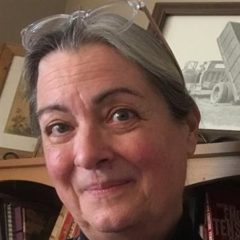
- This event has passed.
Great Plains QIN LAN Event: Using Plain Language – The CLAS-y Compliant Style of Healthcare Conversations and Communication | April 23, 2024
April 23, 2024 @ 3:00 pm - 4:00 pm CDT

Over the past five decades, healthcare providers and healthcare systems have been tasked with providing increasingly complex medical care in a more equitable, cost-efficient, time-efficient – not to mention regulation-compliant – manner.
During this Webinar, Dr. Kay Miller Temple offered information on how thinking about melding Culturally and Linguistically Appropriate Services (CLAS) goals with the concepts of health literacy and leveraging providers’ current use of plain language might make those challenges a bit less so.
After attending today’s session, attendees will have gained:
- Familiarity with how HHS’s National Standards of CLAS link to daily patient care
- Familiarity with how Health Literacy concepts and Plain Language usage intersects with CLAS
- Ideas on how to leverage providers’ current Plain Language use to further increase efficiency and patient satisfaction
- Ideas on how organizations can leverage Plain Language and Health Literacy for Community Engagement options
Speaker: Kay Miller Temple MD, MMC
 |
For 30 years, Dr. Kay Miller Temple practiced internal medicine, pediatrics and hospice/palliative care in urban and rural areas. She served in numerous leadership positions, including 5 years as chair of a Southwest quaternary healthcare system’s Utilization Review committee. With a master’s in journalism and mass communication, she is in her 8th year as a writer covering rural health topics for a federally funded national rural health information clearinghouse based at the University of North Dakota Center for Rural Health and housed in the university’s School of Medicine and Health Sciences. She has expertise in rural health literacy and plain language and speaks frequently on these topics. The fortunate circumstances of her birth allowed her to grow up on her family’s South Dakota farm, originally homesteaded in the 1880s by her great-great grandparents, she continues to hold her rurality as her primary identity.
|
Image by John Haim obtained via Pixabay
